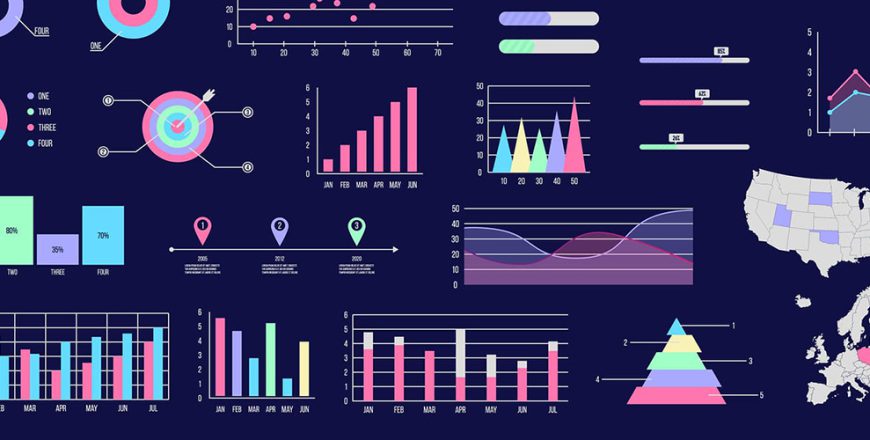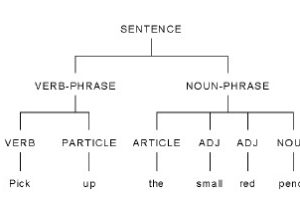Data collection, analysis, presentation, and interpretation

Data, types of data, primary vs secondary data, qualitative vs. quantitative data, data collection, analysis, presentation, and interpretation
In fact, the step between the third and fourth steps (i.e., step +1) is dedicated to doing the research itself and collecting the intended data. At this step, by taking into account the information you have gained so far, make sure that the topic you have selected is ok and apply changes if necessary, and look for answers to those research questions. In the next phase (i.e., the drafting phase), you’ll be taught how to write each and every section of your research paper. Using real examples from previously published papers, you’ll be shown how you can write your paper. At this step, your supervisor and advisor will help you step-by-step in order for collecting and analyzing the intended data.
Some other parts will be added to this course and you’ll learn how to collect, analyze, present, and interpret data from A to Z. In the rest of the course, you’ll learn how to draw different types of figures and charts, based on the types of data you’ve collected.
This course is specifically useful for researchers and authors of research articles and thesis/dissertations.




